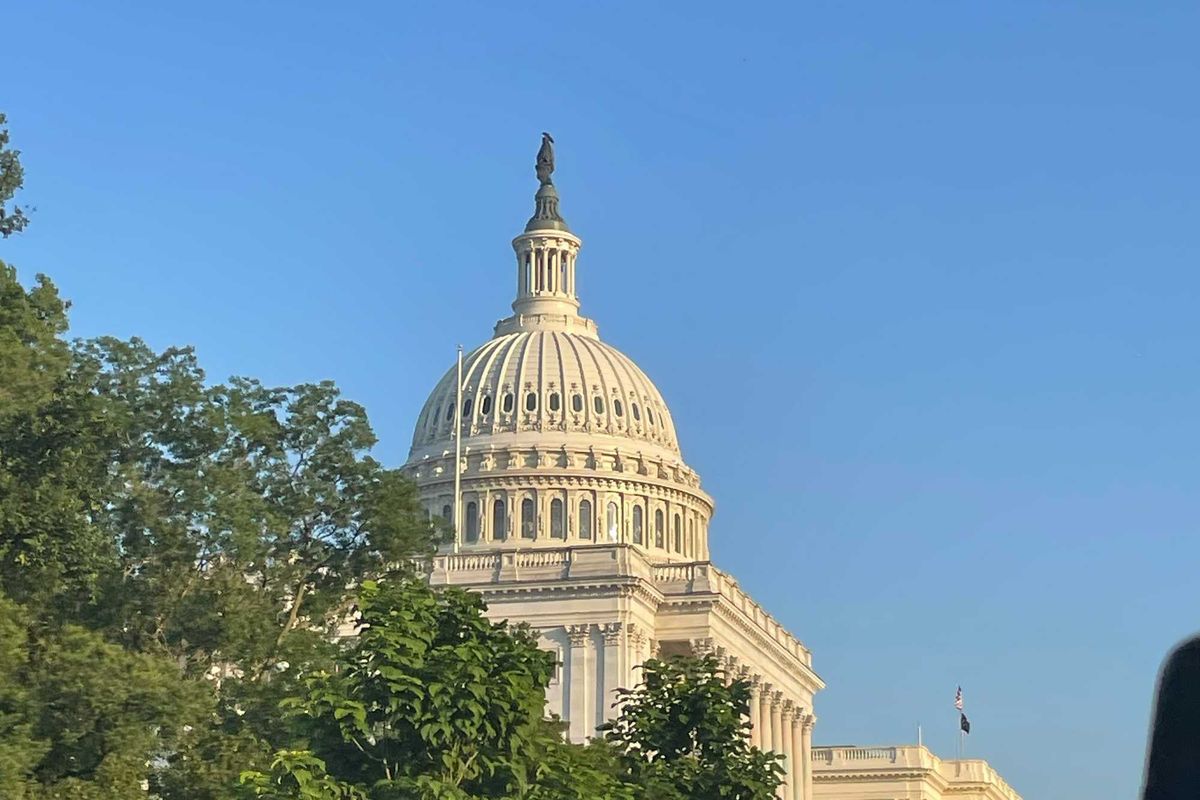In the wake of Hillary Clinton’s and Kamala Harris’s losses, murmurs have circulated that parties should think twice about nominating women for president. That sentiment might even surface around holiday tables this season. Overlooked is how Donald Trump was well-positioned to defeat any candidate closely connected with the establishment.
But this year’s elections provided more evidence that we should give women a fair chance. Voters across the country made it clear that they want women to lead. Women didn’t just compete — they won easily.
Women win statewide: In the only two states with gubernatorial elections this year, both women candidates prevailed handily. In Virginia, Abigail Spanberger won by 15 points, outperforming Joe Biden’s 2020 margin. In New Jersey, Mikie Sherrill won by 14 points, besting fellow Democrat Andy Kim’s Senate win last year. In Virginia’s lieutenant-governor race, Ghazala Hashmi also won comfortably, well ahead of her ticket’s male attorney-general candidate.
Women win major mayoral elections: Detroit voters elected Mary Sheffield by a landslide, making her the city’s first woman mayor. Seattle chose Katie Wilson over a male incumbent, and in Charlotte (NC), Vi Liles won her fifth consecutive term, bringing the total number of women leading America’s 20 largest cities to eight. Boston’s Michelle Wu easily won re-election.
In St. Paul (MN), Kaohly Her defeated a male incumbent in a ranked choice voting election to become the city’s first woman mayor and will govern with an all-women city council. In Albany (NY), Dorcy Applyrs was elected as the city’s first Black mayor, and Marikay Abuzaiter will lead Greensboro (NC). Earlier in the year, Helena Moreno was easily elected mayor of New Orleans, while Gina Ortiz Jones won in San Antonio.
In New York City, women now hold a record 32 council seats, and a woman is favored to be the next city council speaker. Mayor-elect Zohran Mamdani announced an all-women transition team.
None of this should surprise us. Women have repeatedly shown their strength in battlegrounds. Gretchen Whitmer twice won the Michigan governorship by double-digit margins. In 2022, Governor Katie Hobbs broke a 13-year Republican streak in Arizona. Governor Laura Kelly twice won in deep-red Kansas, while Janet Mills is Maine’s first woman governor.
Women are also winning tough Senate races. Even as Trump swept the swing states in 2024, Democratic women won re-election in Wisconsin and Nevada and an open seat in Michigan. Maine’s Susan Collins remains the only Republican senator from a state carried by Kamala Harris.
Yet our nation still has far to go. Nearly every major democracy has a greater share of women in its national legislature than we do. While we've gone within a generation from just two women in the Senate and one on the Supreme Court to hundreds of women in office nationwide, progress has been uneven. Women are poised to reach parity this year among Democrats in state legislatures, but Republican women remain significantly underrepresented even as conservative women like New Hampshire’s Kelly Ayotte and Iowa’s Kim Reynolds show electoral strength.
Achieving gender parity isn’t just about fairness; it strengthens democracy itself. RepresentWomen’s analysis of local government shows that when women serve in significant numbers, policymaking becomes more collaborative, legislative priorities broaden, and issues affecting families and communities gain long-overdue attention.
At RepresentWomen, we study these outcomes not just to celebrate who wins but to understand how women win. Our research shows that progress toward parity accelerates when systems are designed with a level playing field for women in mind.
With a strong infrastructure of training and recruitment this year, record numbers of women ran and won up and down the ballot. Cities like Salt Lake, St. Paul, and New York have shown how ranked choice voting enables more women to run and win. Combining recruitment and fairer systems is a potent combination that we call the Twin-Track Approach.
We must not back away from women candidates. This year demonstrates that when the rules encourage fair competition and the candidate pipeline is strong, women succeed across parties, geographies, and all levels of government. Our task is to make that success the norm, not the exception.




















